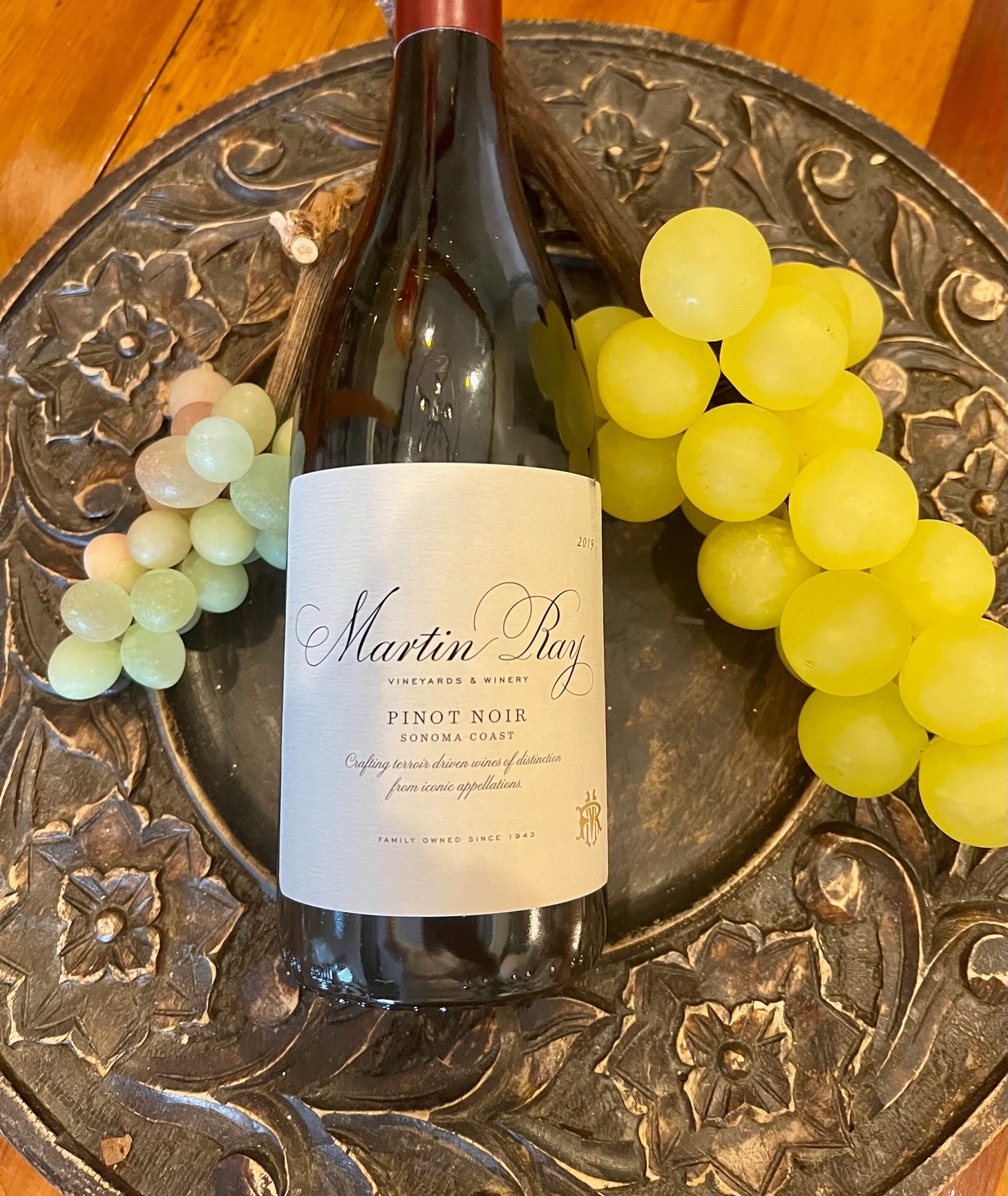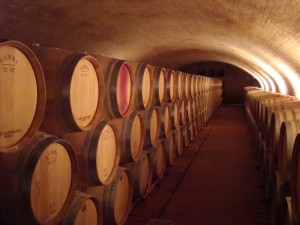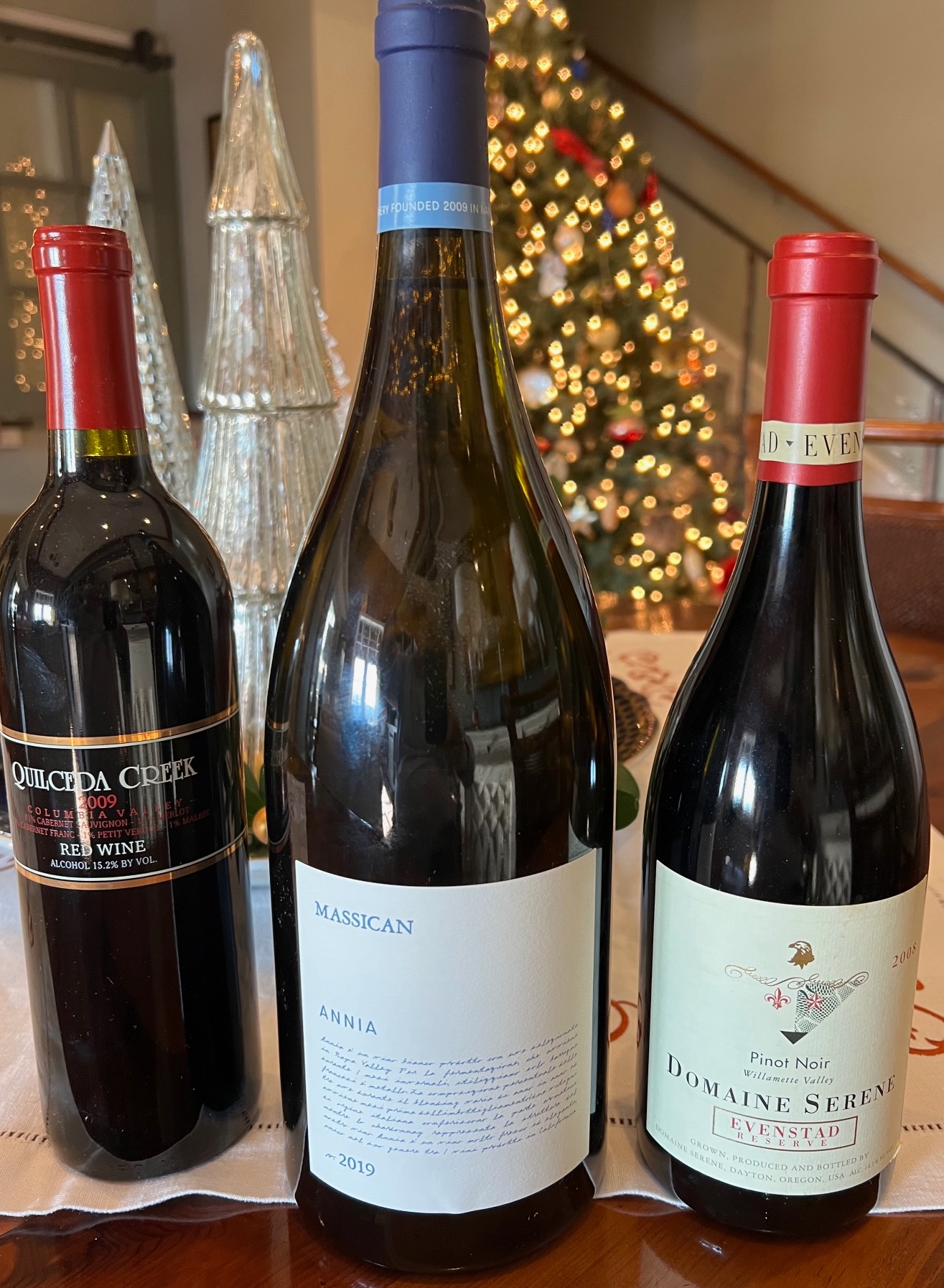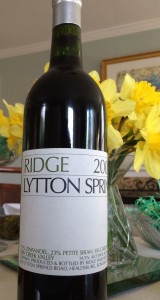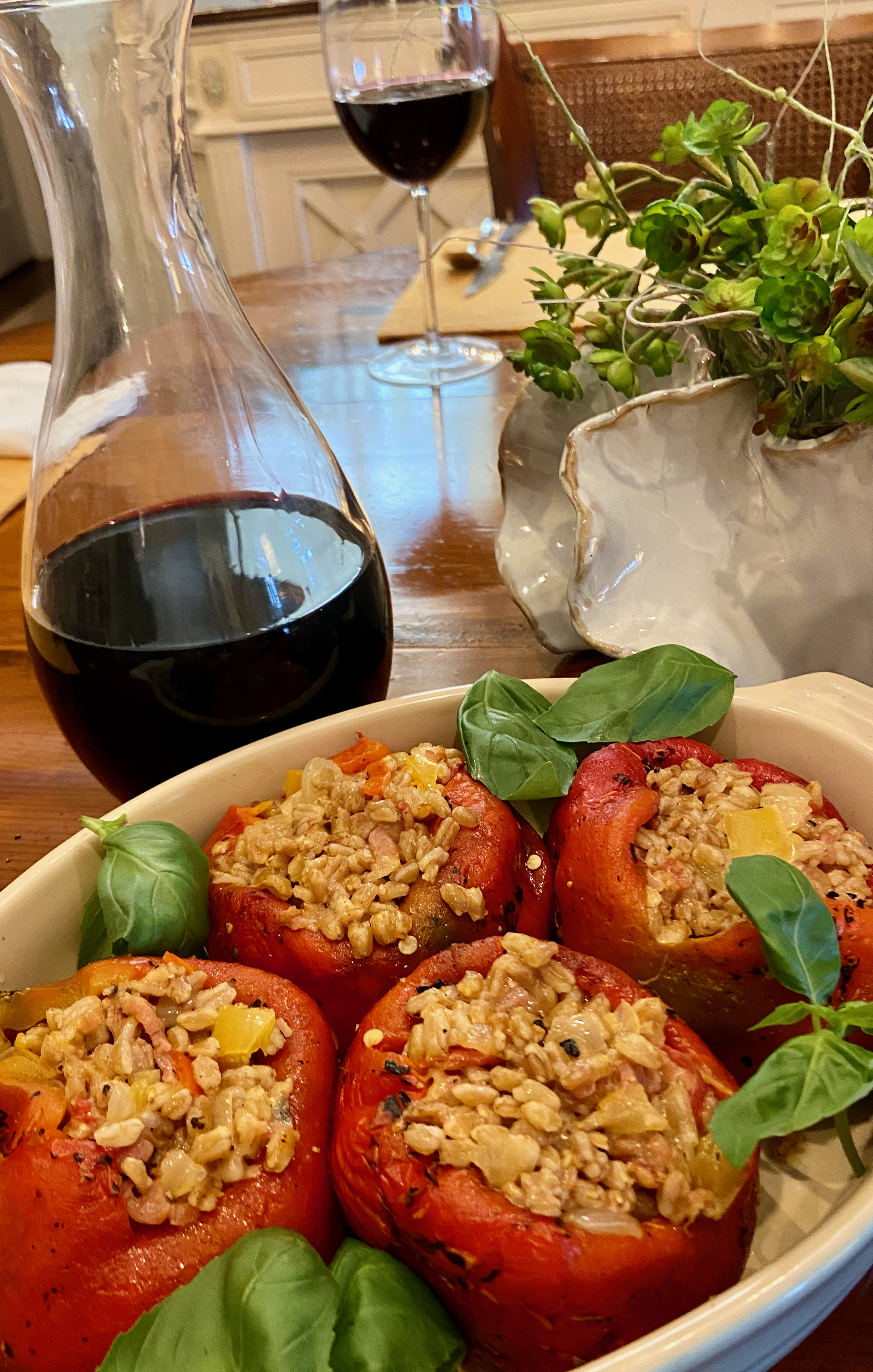Wines for Caprese
July 20, 2022 by John BrownI don’t know about you, but after a particularly good meal accompanied by a glass or two of fine wine, I can become pensive, reflective and downright hillbilly profound. One evening last week after such a repast, I came to the happy realization that, despite the troublesome distractions of the times, including wars, natural disasters, pandemics and global warming, it’s less than two months until the Backyard Brawl.
Perspective is important. For example, it has taken me several decades to accept these absolute truisms: there aren’t many things that I can control; and there are even fewer things I can depend on. So, it’s important to concentrate on the things we do have some ability to control -like the food we eat and the wine we drink.
We are blessed here in West Virginia with a substantial agrarian economy which produces a cornucopia of vegetables, fruits, meats and grains through the state’s many farmers’ markets. Here in Charleston, we have easy access to these local products at the Capitol Market. The Capitol Market’s outdoor vendors’ stalls are now overflowing with produce, and it’s prime time to take advantage of their bounty.
I’d like to share a simple, but delicious, recipe composed of ripe tomatoes, herbs, extra virgin olive oil, fresh mozzarella, basil, salt and black pepper. The Italians call this delectable concoction Caprese, and I’m sure many of you have consumed this delicacy. But you’re probably confused as to which, if any, wine can be appropriately paired with the dish.
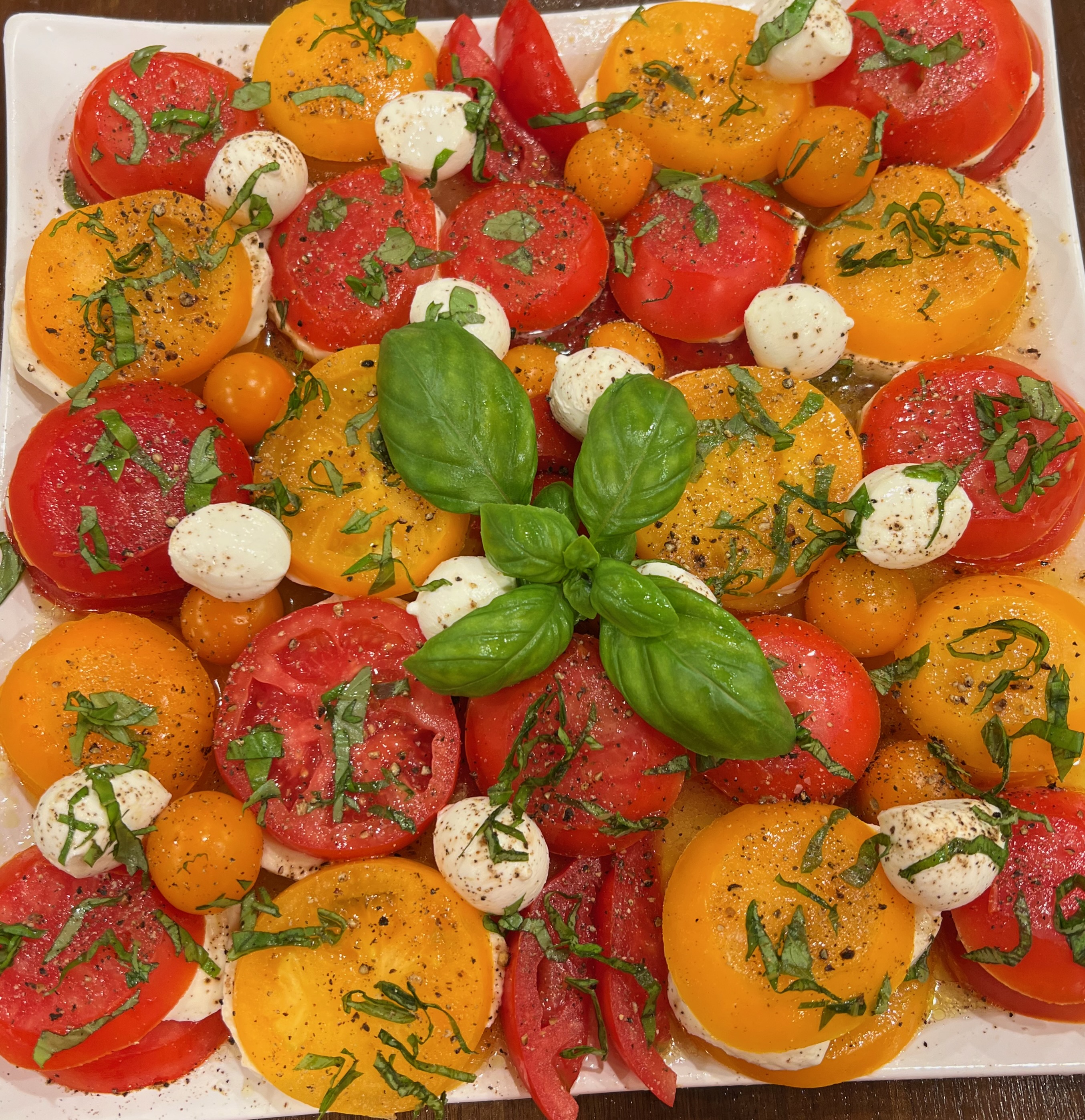
Today, I’m going to recommend several wines that will complement and enhance this simple salad. Unlike other vegetable-centric dishes -like roasted peppers, squash, onions or broccoli- that can stand up to medium-bodied reds, Caprese is best enjoyed with crisp, dry white wines.
I start with sweet, ripe, red tomatoes such as heirlooms or beefsteaks. You can use yellow tomatoes, but they have less acidity, and I prefer red varieties, especially if you’re going to pair them with wine. Slice the tomatoes in rounds and place them on a large dish. Then, shake a good salt on them (I use our local J.Q. Dickenson finishing salt) along with a grind or two of black pepper. Next take a handful of fresh, locally grown basil, chop it coarsely and sprinkle it liberally onto the tomatoes.
Aside from the tomatoes, the most important ingredient in this recipe is the quality of the extra virgin olive oil you choose. I prefer to use Villa DiTrapano oil which is produced from olives grown on the property in Italy of a local Charleston family. This superb oil is available at the Capitol Market Wine Shop as well as from several other businesses around the city and state.
Finally, I’ll slice fresh mozzarella into half-inch rounds and place them onto the tomato slices. Then sprinkle a little more salt, black pepper, olive oil and basil on top the mozzarella.Of course, you’ll need fresh bread to accompany the Caprese, and to mop up the delicious tomato and oil residue on the plate. My favorite loaves (focaccia and baguette) are baked by Charleston Bread on Capitol Street right down from Capitol Market.
So, what about wine to accompany your Caprese? Red wines, even light ones, seem to overwhelm the delicate flavors of the dish. White wine is the best vinous accompaniment to Caprese, and I suggest unoaked, crisp, fruit forward varietals. Here are some of my favorites.
From Italy, try Fiano from the Campania region, Arneis and Cortese from the Piedmont and Verdicchio from the Marches. From southern France, Caprese pairs especially well with Grenache Blanc and Picpoul de Pinet. You might also try the delicate Tavel rose’ from near the Mediterranean coast. Finally, Albarino from Spain would be an excellent choice to accompany Caprese.
Enjoy
John Brown is also a novelist. His latest book Augie’s World, which is a sequel to his debut novel, Augie’s War. Both novels are available in print or audio at Amazon. You can find out more about his novels and wine columns at wordsbyjohnbrown.com





